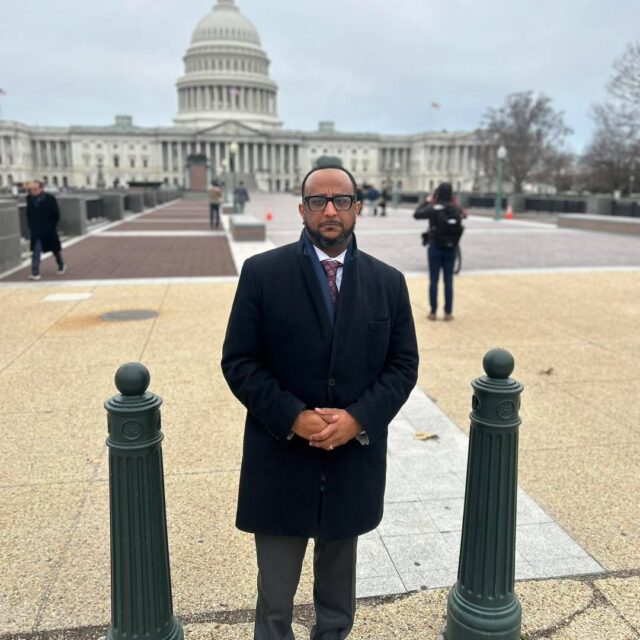MEMORANDUM
Problem Statement: Resolution to Train and Stop Excluding and Firing Qualified Residents as an additional way of addressing the physician shortage
Background: The United States has been facing a physician shortage for several years. Many attributed the shortage to the COVID-19 pandemic, however, concerns over the number of physicians in the country has been an issue for over twenty years. The result of the shortage has resulted in extraordinarily long wait times for people to receive care, with Americans often having to schedule appointments months in advance. In 1980, the Graduate Medical Education National Advisory Committee (GMENAC) sent out a report to the secretary of the HHS that indicated a physician surplus of 70,000 by 1990. To avoid this, a nationwide voluntary moratorium on all medical schools was suggested based on the GMENAC’s recommendations. Included was the halt of creating new medical schools as well as a reduction in medical school enrollment. Specifically, the number of primary care physicians dropped considerably, with the number going down by over half by 1997. According to the AAMC, the United States could see a shortage of 54,000 to 139,000 by 2033. With this in mind, many see it as preposterous that residents are being fired or forced out as such alarming rates, especially Black residents. Unfortunately, data on residency dismissal has not been well documented. However, with the information that has been collected, Black residents, who make up only 5% of residents, make up almost 20% of those being dismissed as of 2015. In the same study, it was found that in the field of surgery, 12% of Black surgery residents were fired in contrast to only 2% of white surgery residents. In more selective specialties, the statistics are worse. A 2020 study found that minority residents make up 6% of orthopedics but accounted for 17% of firings and in neurosurgery, some years have over 20% termination rates. The treatment of residents must be considered when discussing this issue because while firing is a large factor, residents leaving programs due to distress, racial bias and mistreatment, lack of support from supervisors, and other discriminatory practices are also contributing factors. For Black residents specifically, gaslighting and feelings of inadequacy are primary reasons for feeling as though they are being pushed out of their programs. The emotional abuse that minority residents face contributes to feelings of inadequacy, causing them to experience increased anxiety and fear of making errors which translates to the appearance of uncertainty, inefficiency, and lack of autonomy. The stress of the environment due to the biases they face cause added stress and pressure, leading to poorer performance. Additionally, although medical school enrollment continues to increase, the lack of residency spots to give graduating medical doctors the appropriate training adds an additional gap within the already looming shortage. In 2023, 43,000 medical students graduated from their programs but there were only slightly over 40,000 spots. Leaving over 2,000 students without a residency program to begin their formal training. A contributing factor is that to reduce Medicare expenditures, the Clinton Administration introduced the Balanced Budget Act in 1997. Apart of the act included provisions to cap the number of residency slots that could be funded by Medicare each year. Additionally, it capped the number of residents each hospital could have at their 1996 levels, which meant hospitals could not get additional residents even if the population they served grew. The Obama administration removed these restrictions in 2010 and residency spots have slowly grown but not enough to meet demand.1








